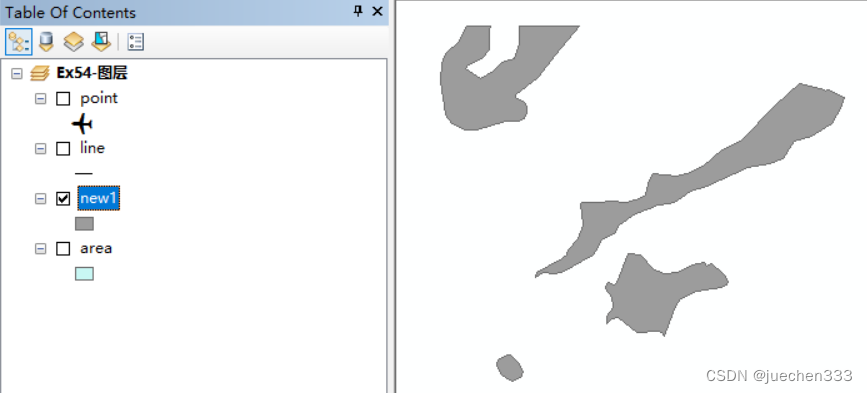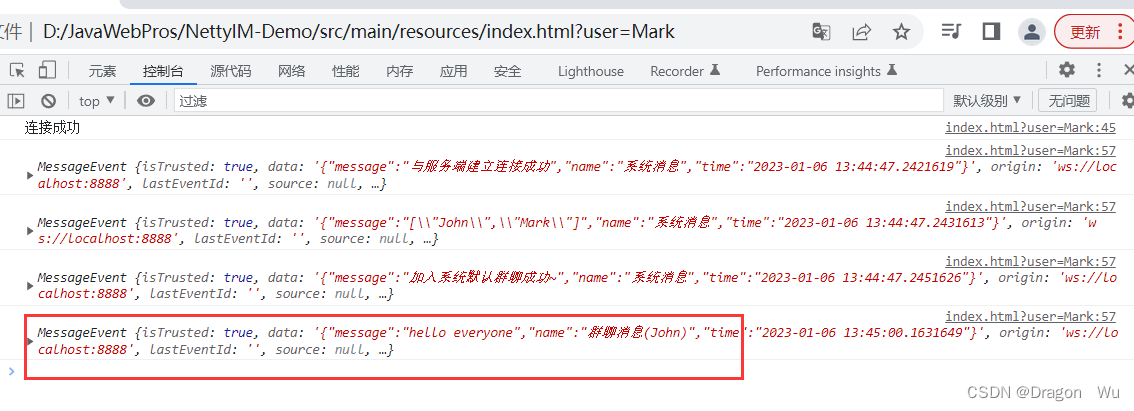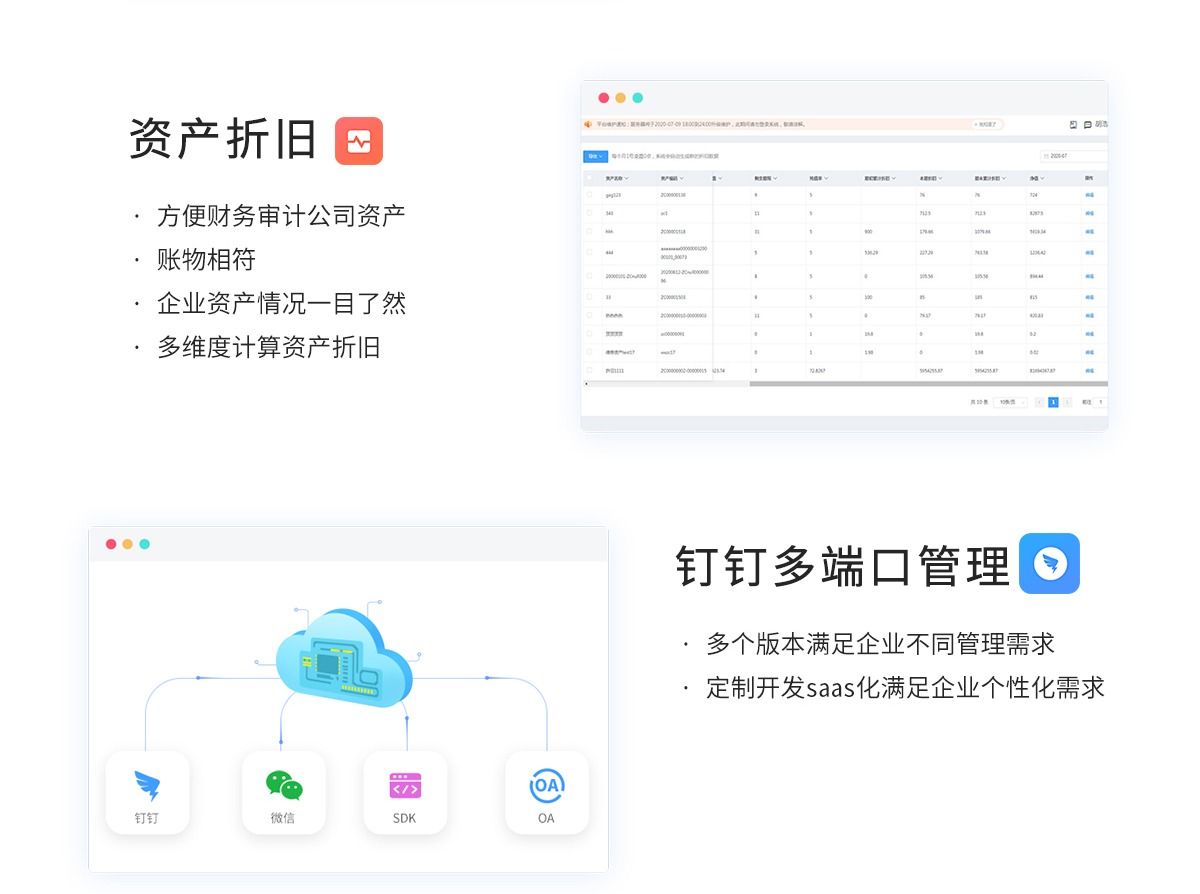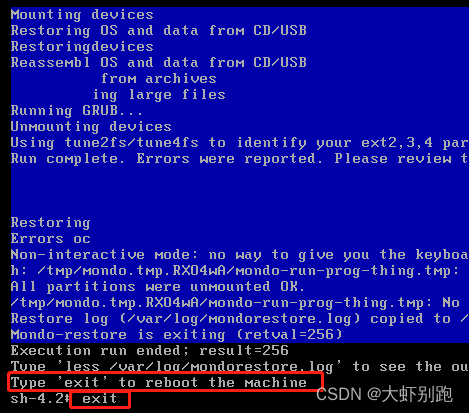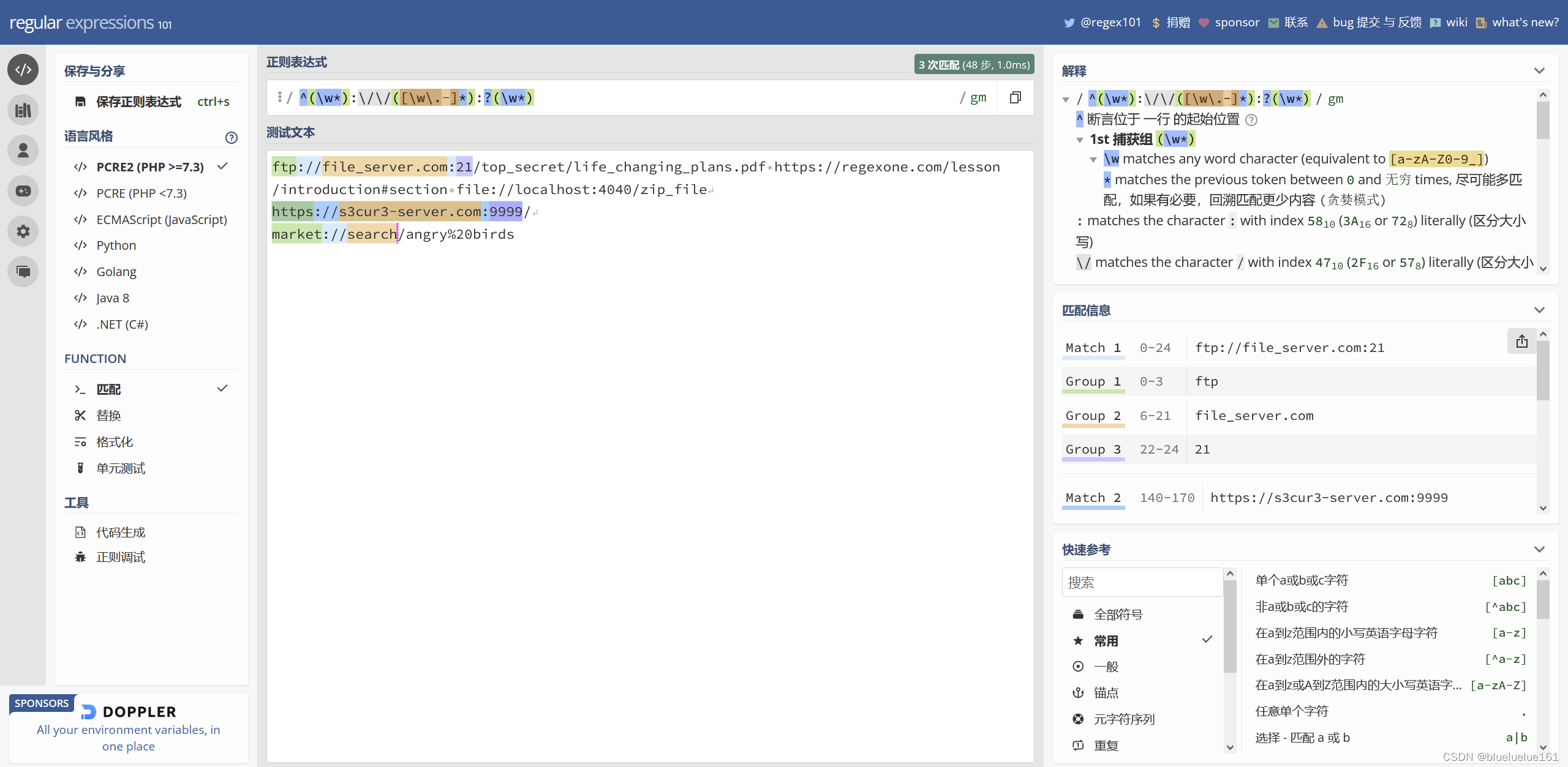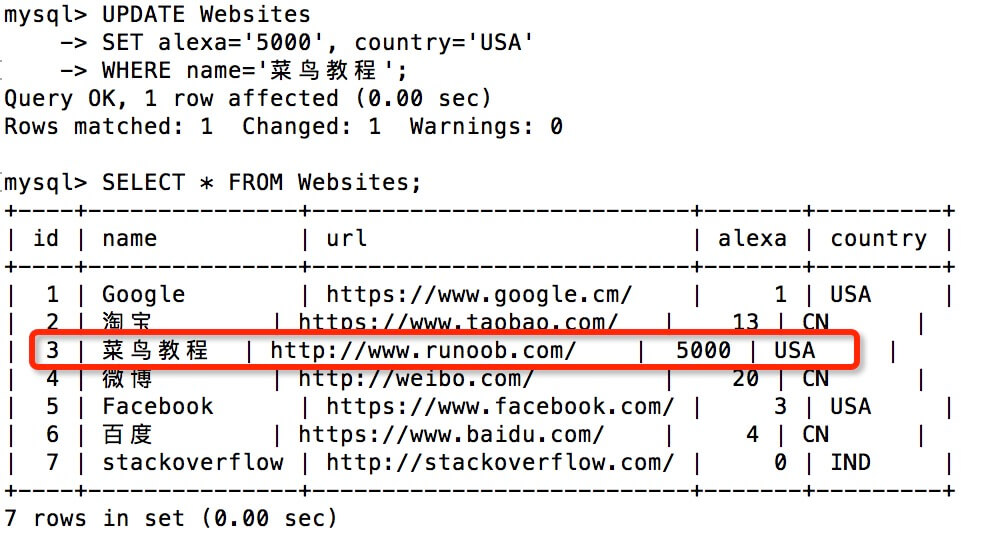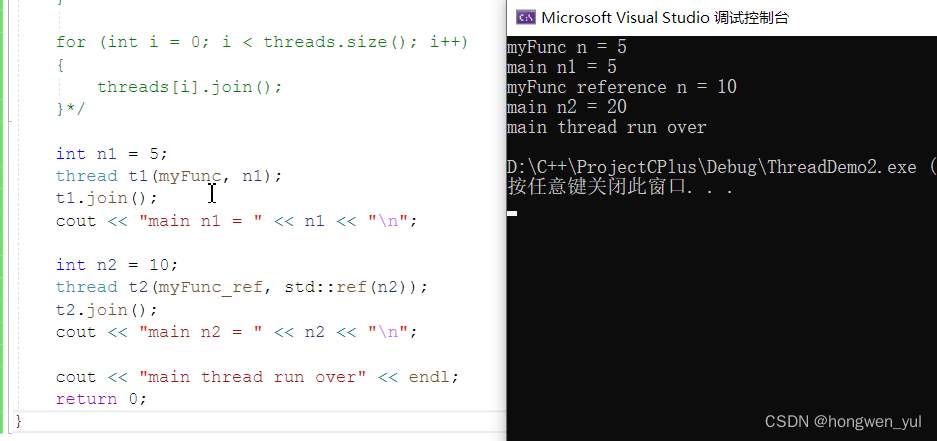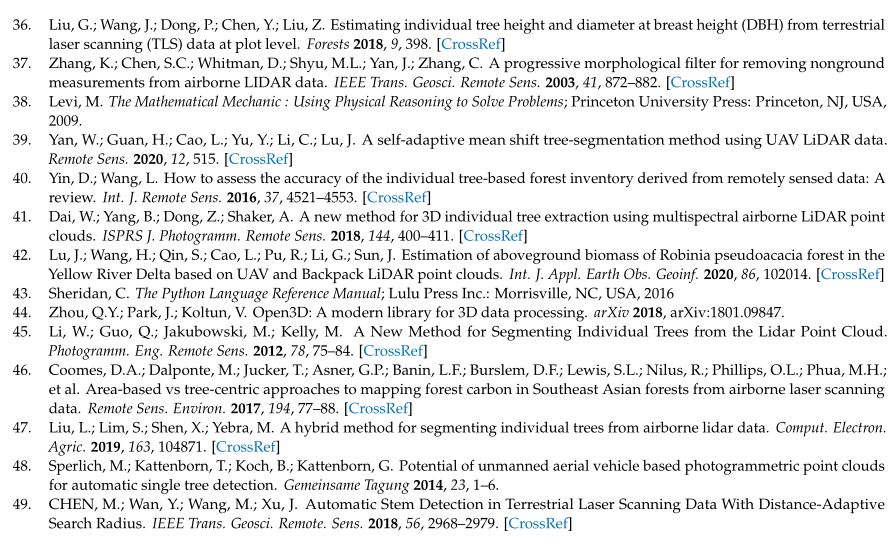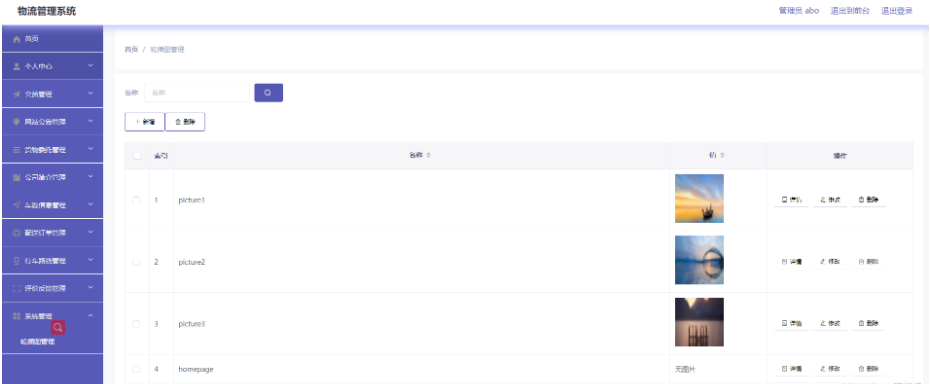源代码地址:https://github.com/lhj502819/IRpc/tree/v5
系列文章:
- 注册中心模块实现
- 路由模块实现
- 序列化模块实现
- 过滤器模块实现
- 自定义SPI机制增加框架的扩展性的设计与实现
为什么需要过滤器?
目前整个RPC框架的功能基本已经齐全了,但是在实际的开发过程中我们可能会有如下的需求:
- 对client的请求做鉴权
- 对服务进行分组管理
- 记录请求日志
- 基于IP的请求直连
首先我们先对这几个需求进行简单解释,只有弄清楚需求的来源才能更好的去理解、设计和实现。
对client的请求做鉴权
随着业务的不断发展,服务的种类变得越来越丰富,有些重要的操作可能安全性比较高,需要进行鉴权,因此需要在RPC框架中增加对鉴权的支持。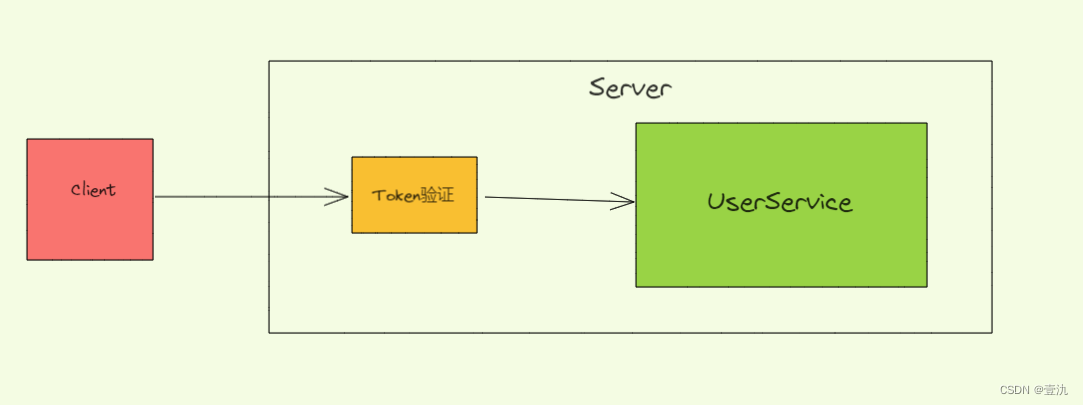
对服务进行分组管理
在进行团队协作或者服务升级的时候,可能会遇到需要对Service Provider进行分组,比如分为V1、V2,方便进行流量的划分,当V2版本出现问题时,我们只需要将所有的调用调整为V1即可,同时也可以进行迭代升级,以免出现ALL IN时升级的功能出现问题导致整个系统不可用。.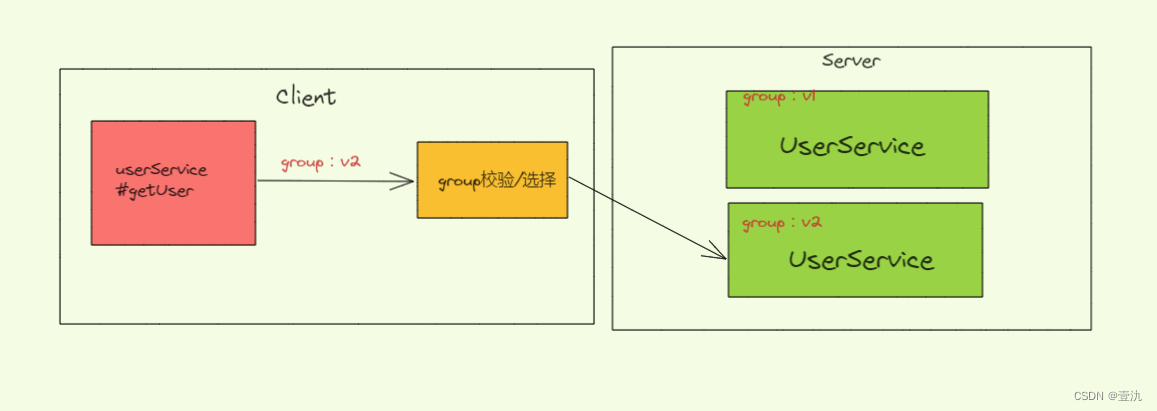
基于IP的请求直连
在测试和联调阶段比较常见,例如在服务部署之后,发现两个provider对相同的服务,相同的参数,返回的结果却不同,此时就可以通过指定IP进行直连,方便问题定位。
记录请求日志
在实际的业务中我们在进行服务调用的时候需要做一些日志埋点,对调用信息进行记录,方便进行问题的排查
以上的这些处理其实就是一个链条,我们仅需要将这些功能按照顺序插入到整个链条中,并在适当的位置执行整个链条即可,而这些一个个的功能,则类似于我们常见的过滤器一样。
如何实现?
过滤器的实现一般都会基于责任链设计模式去设计,在目前比较流行的API网关SprngCloudGateway中也有类似的实现。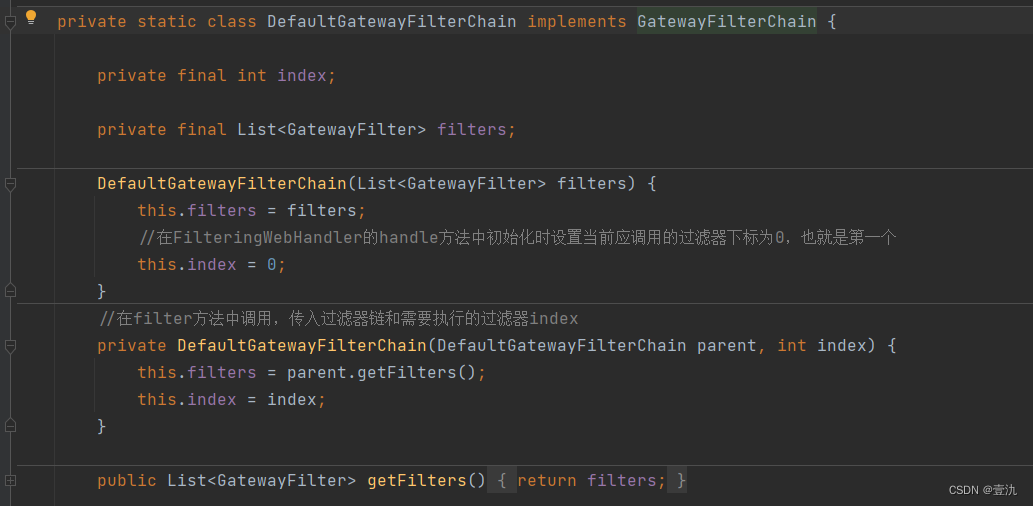
我曾经对SCG的2.2.6版本源码进行过解析,感兴趣的小伙伴可前往查看,地址:https://www.yuque.com/lihongjian/gui608
在我们的RPC框架中也采用类似的方式,只不过进行了简单的变形。我们首先定义了过滤器标记接口:IFilter
public interface IFilter {
}
由于我们的过滤器分为Client和Server两端使用的,因此分别抽象出IClinetFilter和IServerFilter。
public interface IServerFilter extends IFilter {
void doFilter(RpcInvocation rpcInvocation);
}
public interface IClientFilter extends IFilter {
void doFilter(List<ChannelFutureWrapper> src, RpcInvocation rpcInvocation);
}
服务分组过滤器
在Client发起调用时,我们将分组信息存储到了attachements中,是一个Map结构。
public class ClientGroupFilterImpl implements IClientFilter{
@Override
public void doFilter(List<ChannelFutureWrapper> src, RpcInvocation rpcInvocation) {
String group = (String) rpcInvocation.getAttachments().get("group");
if (StrUtil.isBlank(group)){
return;
}
Iterator<ChannelFutureWrapper> iterator = src.iterator();
while (iterator.hasNext()) {
ChannelFutureWrapper channelFutureWrapper = iterator.next();
if (!channelFutureWrapper.getGroup().equals(group)){
iterator.remove();
}
}
if (CollectionUtil.isEmpty(src)){
throw new RuntimeException("no provider match for group " + group);
}
}
}
IP直连过滤器
与“服务分组过滤器”一样,Client会在发起调用时将请求的ip存储到attachments中。
public class DirectInvokeFilterImpl implements IClientFilter {
@Override
public void doFilter(List<ChannelFutureWrapper> src, RpcInvocation rpcInvocation) {
String url = (String) rpcInvocation.getAttachments().get("url");
if (StrUtil.isBlank(url)) {
return;
}
Iterator<ChannelFutureWrapper> iterator = src.iterator();
while (iterator.hasNext()) {
ChannelFutureWrapper channelFutureWrapper = iterator.next();
if (!(channelFutureWrapper.getHost() + ":" + channelFutureWrapper.getPort()).equals(url)) {
iterator.remove();
}
if (CollectionUtil.isEmpty(src)) {
throw new RuntimeException("no match for url:" + url);
}
}
}
}
Token校验过滤器
Client发起调用时会将token放入attachments中,Server端在过滤器中会拿到本次请求的token和内存中对应服务的token进行比对。
public class ServerTokenFilterImpl implements IServerFilter {
@Override
public void doFilter(RpcInvocation rpcInvocation) {
String token = (String) rpcInvocation.getAttachments().get("token");
ServiceWrapper serviceWrapper = PROVIDER_SERVICE_WRAPPER_MAP.get(rpcInvocation.getTargetServiceName());
if (serviceWrapper == null) {
return;
}
String matchToken = serviceWrapper.getServiceToken();
if (StrUtil.isBlank(matchToken)) {
return;
}
if (StrUtil.isNotBlank(token) && matchToken.equals(token)) {
return;
}
throw new RuntimeException("token is " + token + " verify result is false!");
}
}
过滤器链FilterChain
过滤器链主要是负责将所有的过滤器按照一定顺序串起来。与过滤器类似,过滤器链也需要分为Client和Server端。
ServerFilterChain
public class ServerFilterChain {
private static List<IServerFilter> iServerFilters = new ArrayList<>();
public void addServerFilter(IServerFilter serverFilter){
iServerFilters.add(serverFilter);
}
public void doFilter(RpcInvocation rpcInvocation){
for (IServerFilter iServerFilter : iServerFilters) {
iServerFilter.doFilter(rpcInvocation);
}
}
}
ClientFilterChain
public class ClientFilterChain {
private static List<IClientFilter> iClientFilters = new ArrayList<>();
public void addServerFilter(IClientFilter clientFilter) {
iClientFilters.add(clientFilter);
}
public void doFilter(List<ChannelFutureWrapper> src, RpcInvocation rpcInvocation) {
for (IClientFilter iClientFilter : iClientFilters) {
iClientFilter.doFilter(src, rpcInvocation);
}
}
}
RPC框架接入
Client端接入
由于像服务分组过滤器、IP直连过滤器都需要根据指定的规则选择出对应的Provider,因此我们将执行过滤链条的逻辑插入在cn.onenine.irpc.framework.core.client.ConnectionHandler#getChannelFuture中。
/**
* 默认走随机策略获取ChannelFuture
*/
public static ChannelFuture getChannelFuture(RpcInvocation rpcInvocation) {
ChannelFutureWrapper[] channelFutureWrappers = SERVICE_ROUTER_MAP.get(rpcInvocation.getTargetServiceName());
if (channelFutureWrappers == null || channelFutureWrappers.length == 0) {
throw new RuntimeException("no provider exist for " + rpcInvocation.getTargetServiceName());
}
//doFilter
CLIENT_FILTER_CHAIN.doFilter(Lists.newArrayList(channelFutureWrappers), rpcInvocation);
Selector selector = new Selector();
selector.setProviderServiceName(rpcInvocation.getTargetServiceName());
selector.setChannelFutureWrappers(channelFutureWrappers);
//通过指定的路由算法选择一个Provider ChannelFuture
return IROUTER.select(selector).getChannelFuture();
}
Server端接入
在初始化时按照指定顺序将所有的Filter插入到FilterChain中,在接收到请求后执行整个链条即可,也就是ChannelInboundHandlerAdapter#channelRead。
public class ServerHandler extends ChannelInboundHandlerAdapter {
@Override
public void channelRead(ChannelHandlerContext ctx, Object msg) throws Exception {
//服务端接收数据的时候以RpcProtocol协议的格式接收
RpcProtocol rpcProtocol = (RpcProtocol) msg;
RpcInvocation rpcInvocation = SERVER_SERIALIZE_FACTORY.deserialize(rpcProtocol.getContent(),RpcInvocation.class);
//doFilter
SERVER_FILTER_CHAIN.doFilter(rpcInvocation);
//省略部分代码......
rpcInvocation.setResponse(result);
RpcProtocol respRpcProtocol = new RpcProtocol(SERVER_SERIALIZE_FACTORY.serialize(rpcInvocation));
ctx.writeAndFlush(respRpcProtocol);
}
}
总结
本版本我们基于责任链模式完成了对RPC框架中流程化功能的整合,这些零零散散的功能我们通过过滤器的方式进行了实现,比如服务的分组选择、IP直连、Token统一校验等,减少了各个模块间的耦合性,如果需要扩展新的过滤器,只需要实现Client或者Server对应的接口即可。
问题
到目前版本,我们的RPC框架实现了注册中心模块、路由选择模块、序列化模块、过滤器模块,我们基本都提供了对应的抽象接口,使用者可以进行扩展,但目前想要扩展的话,比如自定义一个过滤器接入到框架中,还需要对源码进行调整,重新编译才可以,不太方便,后续我们会通过SPI的方式来解决这个问题。
